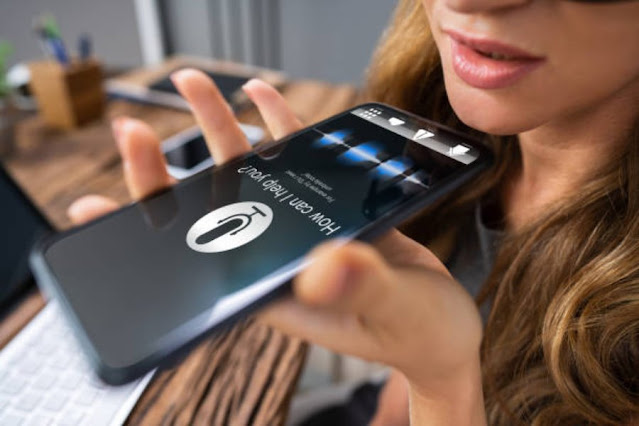- Get link
- X
- Other Apps

Internet of Things (IoT) in hair loss treatments
The Internet of Things (IoT) has transformed various
industries by connecting devices and enabling data exchange and analysis. As a
result, IoT technology offers new possibilities for personalized care, remote
monitoring, and data-driven interventions in hair loss treatments. In this
article, we will explore the applications and benefits of IoT in hair loss
treatments and the considerations and challenges associated with its
implementation.
Remote Monitoring and Treatment:
IoT enables remote monitoring of hair loss conditions and
treatment progress, allowing healthcare professionals to track patients' hair
health without needing in-person visits. IoT-enabled devices, such as smart
scalp imaging devices or wearable sensors, can capture hair density, hair
growth, scalp condition, and treatment adherence data.
These devices can transmit the collected data to healthcare
providers in real time, facilitating remote assessment and monitoring. As a
result, healthcare professionals can analyze the data and make necessary
adjustments to treatment plans without requiring patients to visit their clinics
physically. This approach improves convenience for patients, reduces the burden
of frequent clinic visits, and enables more timely interventions.
Personalized Treatment Recommendations:
IoT devices and data analysis techniques enable personalized
treatment recommendations for individuals with hair loss conditions. By
combining data from various sources, such as scalp imaging devices, wearable
sensors, genetic information, and lifestyle data, IoT systems can generate
individualized treatment plans tailored to each patient's specific needs and
characteristics.
For example, IoT platforms can analyze data on hair density,
hair growth rates, and treatment responses, comparing them against a large
database of similar cases. By leveraging machine learning algorithms, these
platforms can identify patterns and predict the most effective treatment
options for specific individuals. This approach reduces the trial-and-error
process often associated with hair loss treatments and enhances treatment
outcomes.
Smart Haircare Devices and Products:
IoT technology has facilitated the expansion of smart
haircare devices and products that optimize hair health and address specific
concerns related to hair loss. For instance, IoT-enabled brushes can assess
hair quality, monitor brushing techniques, and provide real-time feedback to
users, promoting gentle and non-damaging brushing practices.
Similarly, IoT-powered shampoos, conditioners, and treatment
products can be designed to interact with hair and scalp sensors, providing
personalized formulations and treatment options based on real-time data. These
smart haircare products can adjust their composition, dosage, or application based
on individual needs, ensuring optimal efficacy and minimizing potential side
effects.
Data-Driven Research and Development:
IoT facilitates the collection of large-scale data on hair
loss conditions, treatment outcomes, and patient experiences. Aggregated and
anonymized data from IoT devices can contribute to research and development
efforts in hair loss treatments. Researchers can identify patterns, understand
treatment responses, and explore novel interventions by analyzing this data.
Data-driven research can lead to the discovery of new
treatment modalities, improved understanding of hair loss conditions, and
optimization of existing treatment options. IoT-enabled data sharing and
collaboration platforms allow researchers and healthcare professionals to pool
their findings, accelerating advancements in the field.
Adherence Monitoring and Support:
IoT technology can aid in monitoring treatment adherence and
providing support to patients. IoT devices can track the usage of medications, topical
treatments, or other interventions, ensuring that patients follow their
prescribed treatment regimens. If a patient misses a dose or deviates from the
recommended protocol, the IoT system can send reminders or notifications to
promote adherence.
Furthermore, IoT-enabled platforms can offer educational
resources, personalized advice, and virtual support communities for individuals
experiencing hair loss. These resources can help patients stay motivated,
address concerns, and provide emotional support throughout treatment.
Conclusion
IoT technology holds significant promise in hair
loss treatments. Through remote monitoring, personalized recommendations, smart
haircare devices, and data-driven research, IoT can enhance treatment outcomes,
improve patient convenience, and advance our understanding of hair loss
conditions. However, data security, accuracy, user acceptance, integration, and
ethical considerations must be carefully addressed to maximize the benefits of
IoT in hair loss treatments and ensure patient well-being.
- Get link
- X
- Other Apps